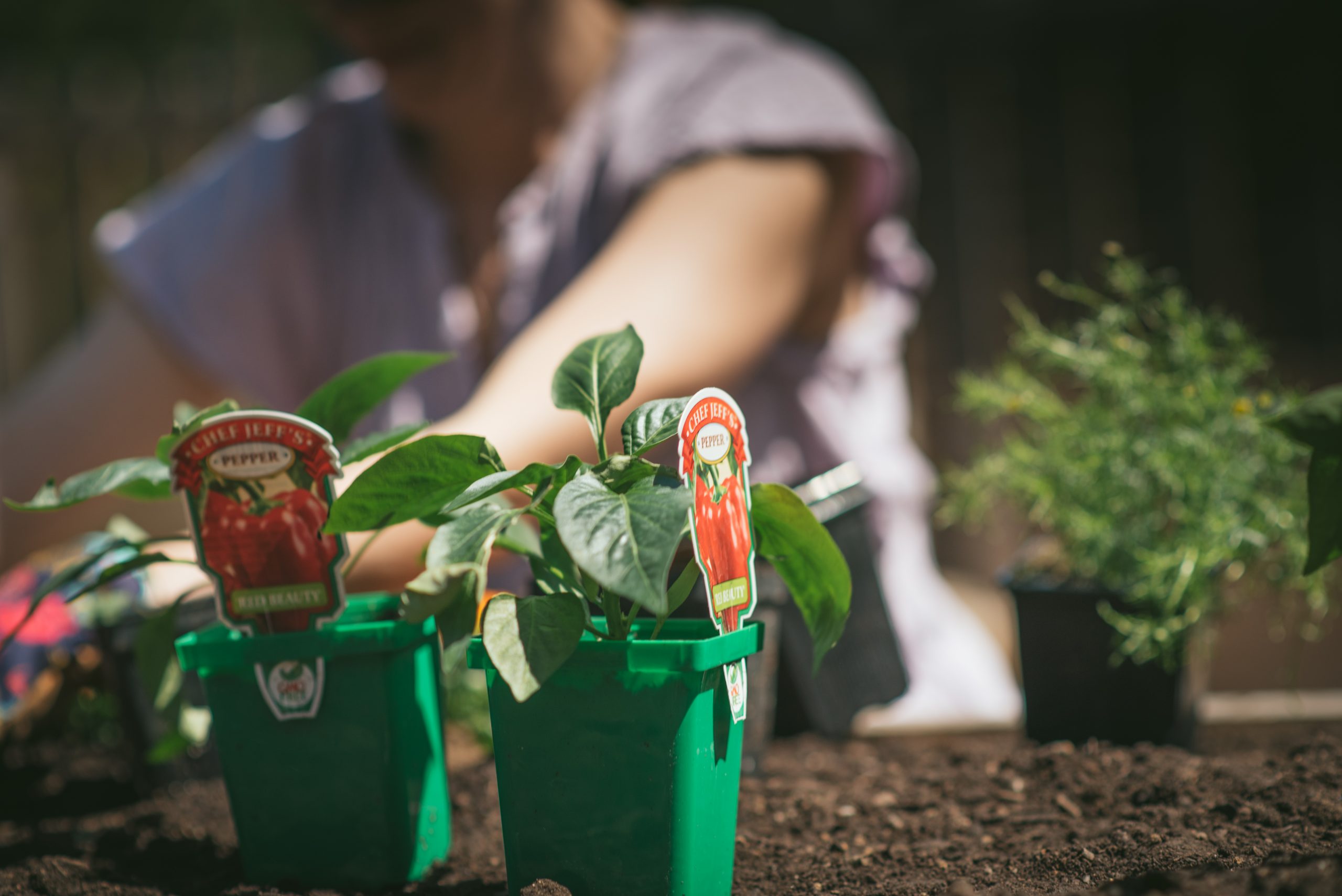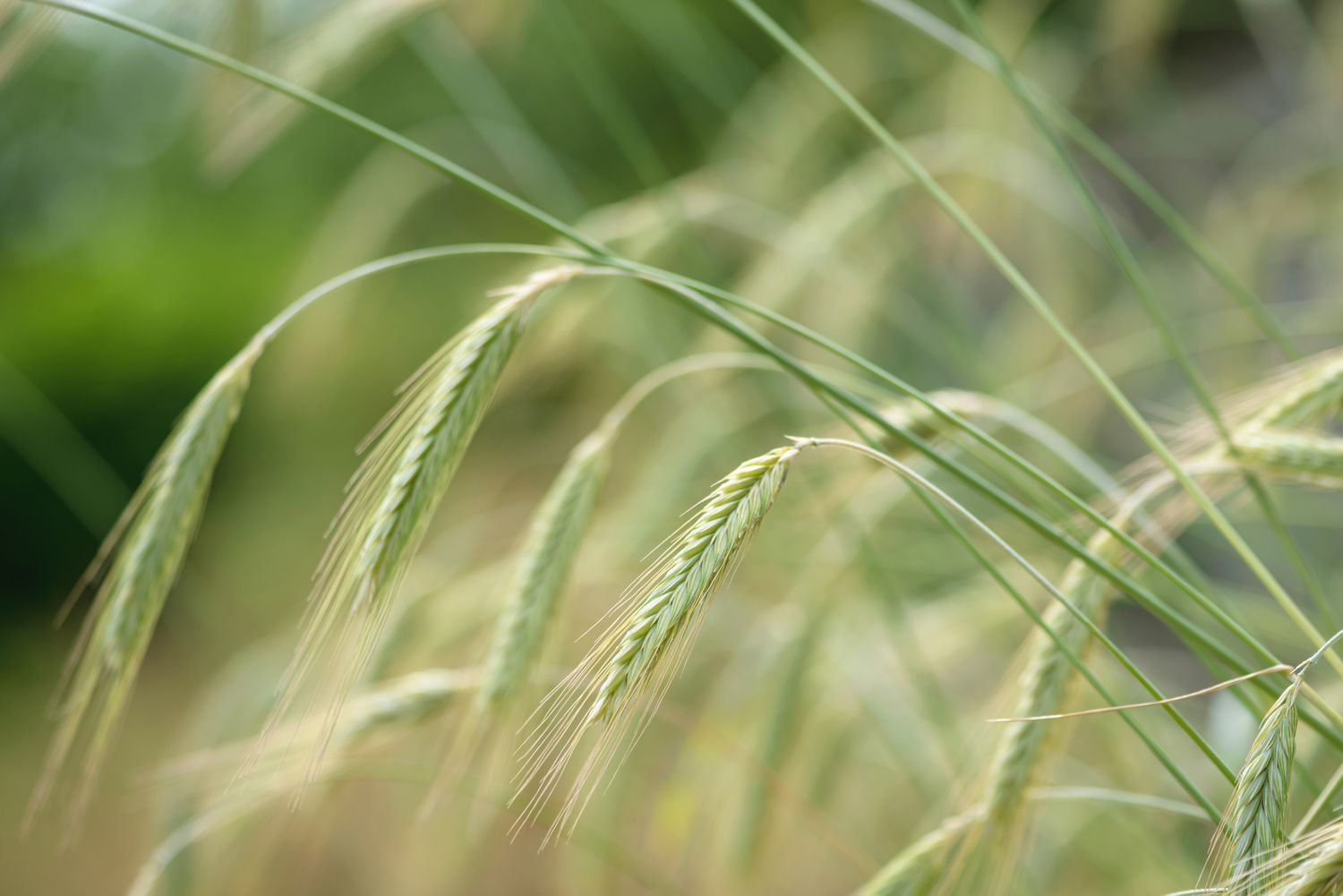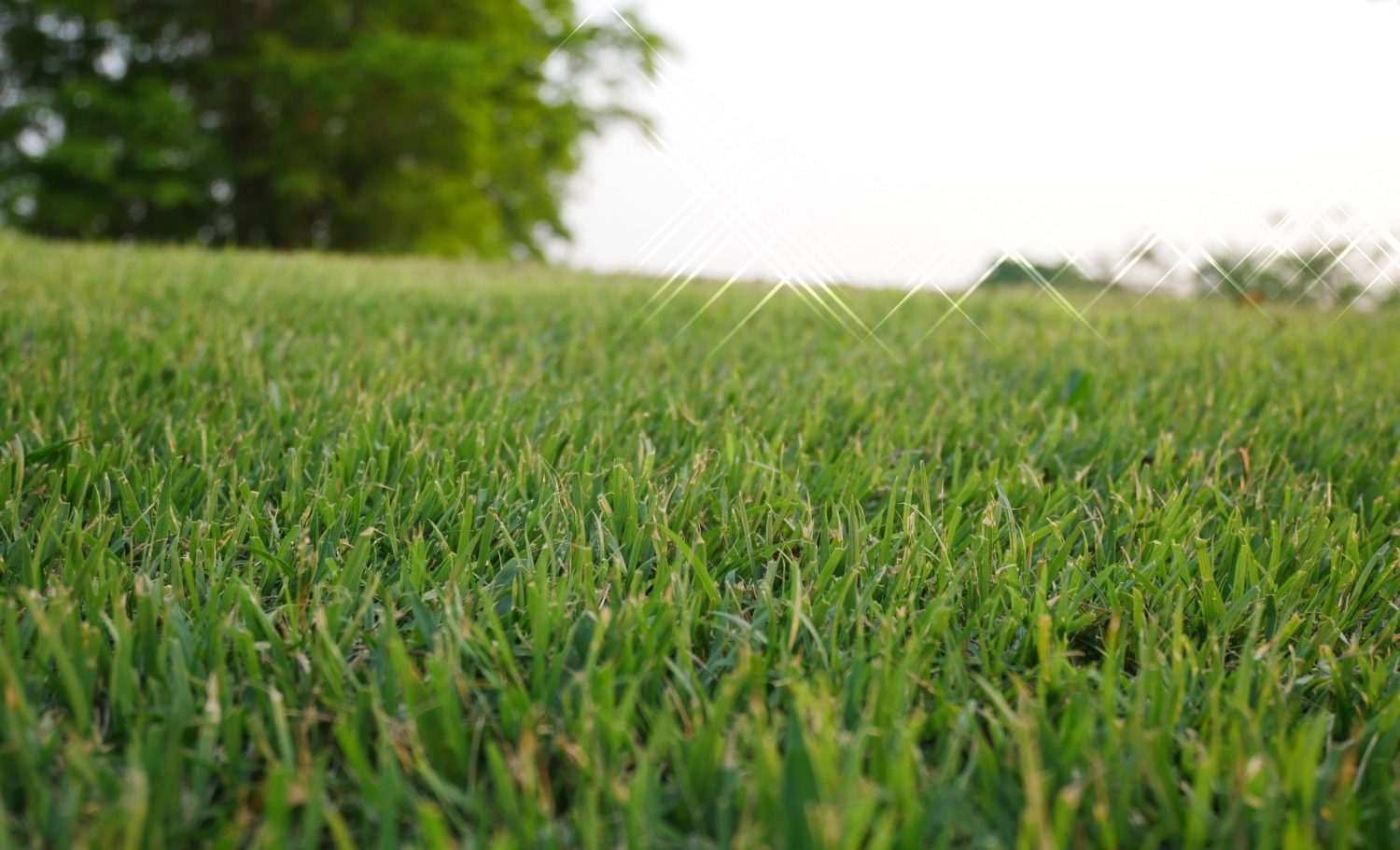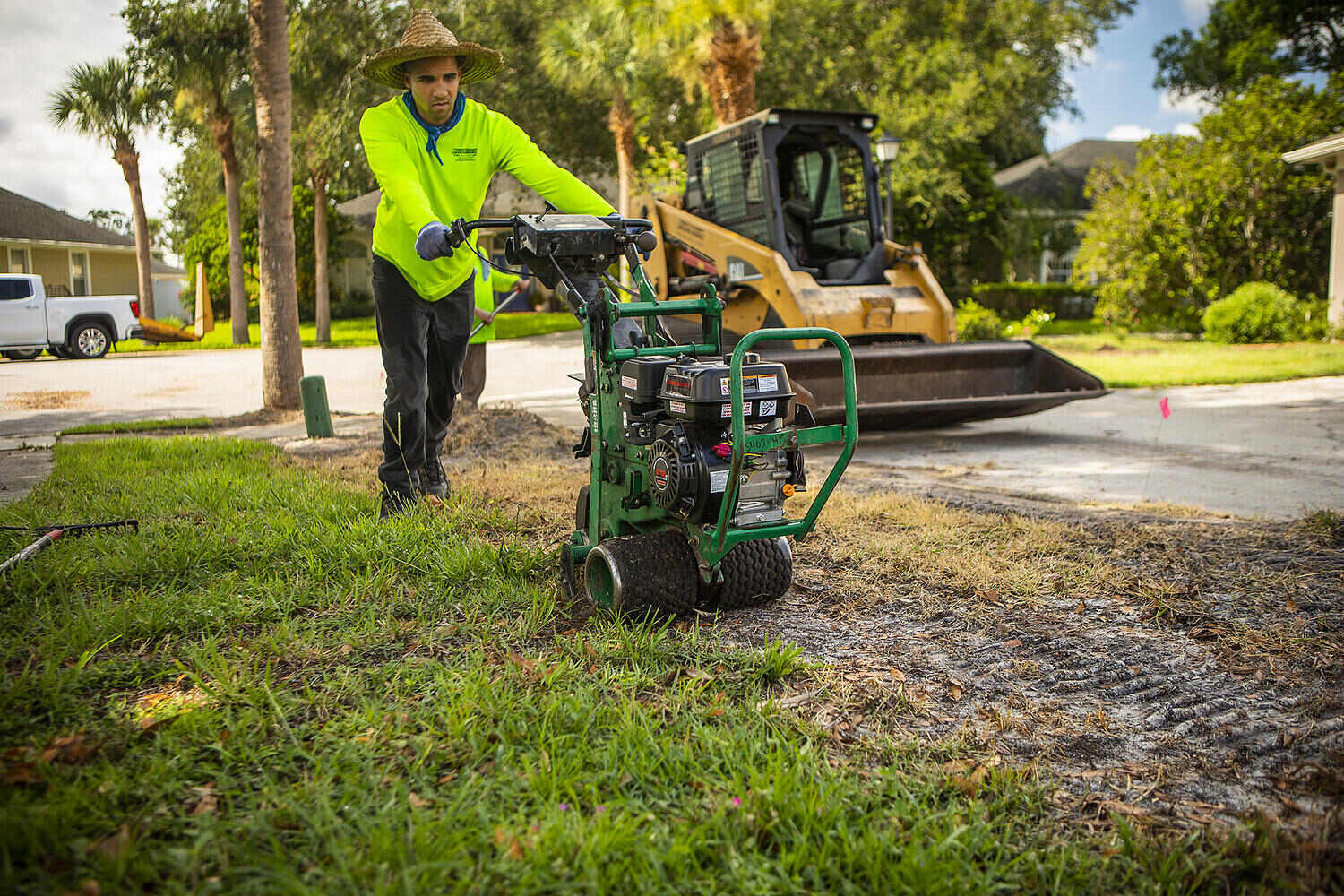

Articles
When To Plant Fall Garden In Texas
Modified: January 6, 2024
Discover when to plant your fall garden in Texas with expert gardening tips and advice. Start your gardening journey today and create a flourishing garden.
(Many of the links in this article redirect to a specific reviewed product. Your purchase of these products through affiliate links helps to generate commission for Storables.com, at no extra cost. Learn more)
Introduction
Welcome to the world of fall gardening in Texas! As the summer heat begins to subside and cooler temperatures approach, it’s the perfect time to start planning and planting your fall garden. Whether you are an experienced gardener or a beginner, there’s something truly rewarding about growing your own vegetables and reaping the fruits of your labor.
In Texas, the fall season brings with it a unique set of challenges and opportunities for gardeners. The diverse climate and varying soil types across the state make it important to understand the specific factors that influence successful fall gardening. By considering these factors and making informed choices, you can create a bountiful and thriving fall garden.
In this article, we will explore the key elements that Texas gardeners need to consider for fall gardening, including the best vegetables to plant, ideal planting times, soil preparation, pest and disease management, and harvesting strategies. So, let’s roll up our sleeves, put on our gardening gloves, and dive into the wonderful world of fall gardening in Texas!
Key Takeaways:
- Embrace the diverse climate and soil types in Texas to create a thriving fall garden. Consider factors like temperature, frost dates, and soil fertility for optimal vegetable growth and a bountiful harvest.
- Select the best vegetables for your fall garden in Texas, including leafy greens, root vegetables, and cruciferous vegetables. Plant at the ideal times, prepare the soil, protect from pests, and savor the joy of a successful harvest.
Read more: When To Plant Loofah In Texas
Factors to consider for fall gardening in Texas
When it comes to fall gardening in Texas, there are several important factors to consider to ensure a successful and thriving garden. Let’s take a closer look at these factors:
Climate:
One of the key considerations for fall gardening in Texas is the climate. Texas is a large state with diverse climate zones, ranging from the hot and humid coastal regions to the arid and dry West Texas. It’s crucial to know your specific climate zone to determine the best vegetables to grow and the appropriate planting times.
Temperature:
In Texas, fall temperatures can vary significantly depending on the region. While some parts may experience mild and pleasant weather, others may still have hot and dry conditions. Certain vegetables thrive in cooler temperatures, while others prefer warmer climates. Be mindful of the temperature requirements of the vegetables you plan to plant to ensure optimal growth.
Frost dates:
Knowing the average frost dates in your area is essential for planning your fall garden. Frost can damage or kill tender vegetables, so it’s crucial to plant them before the first frost date. In Texas, frost dates can range from late October in the Panhandle to late November or even December in South Texas. Consult a local gardening guide or cooperative extension office to determine the frost dates in your specific region.
Read more: When To Plant Grass In Fall
Daylight hours:
Another factor to consider for fall gardening is the decreasing daylight hours. As we move towards winter, the days become shorter, and plants have fewer hours of sunlight for photosynthesis. Take this into account when selecting vegetables, as some may require longer daylight hours to grow and produce a harvest.
Soil type and fertility:
Understanding your soil type and fertility is crucial for successful fall gardening. Texas soil can vary greatly, from heavy clay to sandy loam. Consider conducting a soil test to determine the nutrient levels and pH of your soil. Based on the results, you can amend the soil with organic matter, such as compost or well-rotted manure, to improve its fertility and structure.
Water availability:
Water is a precious resource in Texas, so it’s important to consider water availability for your fall garden. Depending on your region, rainfall patterns can vary, and drought conditions may prevail. Plan for efficient irrigation methods, such as drip irrigation or soaker hoses, to conserve water and ensure your plants receive adequate moisture.
By taking these factors into consideration, you can make informed decisions about the best vegetables to grow and the optimal planting times for your fall garden in Texas. Understanding and adapting to the specific conditions in your region will increase your chances of a successful and fruitful harvest.
Best vegetables to plant in the fall
When it comes to selecting the best vegetables to plant in your fall garden in Texas, there are plenty of options to choose from. Here are some of the top choices that thrive in the cooler temperatures of the fall season:
Read more: When To Plant Grass Seed In Texas
Leafy Greens:
Leafy greens like spinach, lettuce, kale, and Swiss chard are excellent choices for fall gardening. They prefer cooler temperatures and can tolerate light frosts. These nutrient-packed greens are not only delicious but also easy to grow. Plant them in well-draining soil and provide consistent moisture to ensure healthy growth.
Root Vegetables:
Fall is an ideal time to plant root vegetables such as carrots, radishes, turnips, and beets. These vegetables thrive in cooler temperatures and develop sweeter flavors as the weather cools down. Make sure to prepare the soil adequately by loosening it to allow room for root development, and keep the soil consistently moist for optimal growth.
Cruciferous Vegetables:
Cruciferous vegetables like broccoli, cauliflower, and Brussels sprouts are excellent choices for fall gardening in Texas. They prefer cooler temperatures and can tolerate light frosts. Start these crops from transplants to ensure a timely harvest. Provide them with full sun exposure and fertile, well-draining soil for optimal growth and development.
Alliums:
Alliums, including onions, garlic, and shallots, can be planted in the fall for a successful harvest. These pungent and flavorful vegetables perform well in the cooler temperatures of fall and overwinter to produce a bountiful yield in the spring. Plant them in well-draining soil and provide consistent moisture for healthy bulb development.
Read more: When To Plant Ground Cover In Texas
Peas:
Peas, both snap and snow varieties, are cool-season vegetables that thrive in the fall. They prefer temperatures between 60-70°F and can tolerate light frosts. Plant them early enough to allow them to reach maturity before the first frost. Provide them with trellises or supports for climbing and well-draining soil for optimal growth.
Herbs:
Various herbs, including parsley, cilantro, dill, and chives, can be grown in the fall garden. These herbs thrive in cooler temperatures and add fresh flavors to your culinary creations. Plant them in well-draining soil and provide consistent moisture for healthy growth. Harvest the leaves as needed to enjoy their vibrant flavors in your dishes.
These are just a few examples of the best vegetables to plant in your fall garden in Texas. Experiment with different varieties and explore your personal preferences to create a diverse and flavorful harvest. Remember to adjust the planting dates based on your specific region and frost dates to ensure optimal growth and productivity.
Ideal planting times for different vegetables
Knowing the ideal planting times for different vegetables is crucial for a successful fall garden in Texas. Planting your vegetables at the right time ensures optimal growth, development, and a bountiful harvest. Here are some guidelines to help you plan your fall planting:
Read more: When To Plant Grass Seed In Texas
Leafy Greens:
Leafy greens like spinach, lettuce, kale, and Swiss chard can be planted in late summer through early fall. Aim to plant them around 6-8 weeks before the first expected frost date in your region. This will allow them to reach maturity before the colder temperatures arrive.
Root Vegetables:
Root vegetables such as carrots, radishes, turnips, and beets can be planted in late summer through early fall as well. Start sowing the seeds around 8-10 weeks before the first expected frost date. Make sure the soil is well-prepared and warmed up for optimal germination and root development.
Cruciferous Vegetables:
Cruciferous vegetables like broccoli, cauliflower, and Brussels sprouts should be started as transplants in early to mid-summer. Set out the transplants in the garden around 8-10 weeks before the first expected frost date. This allows them enough time to establish and develop before the colder temperatures arrive.
Alliums:
Alliums, including onions, garlic, and shallots, are typically planted in the fall. Set out the transplants or plant the bulbs around 4-6 weeks before the first expected frost date. This gives them time to establish their root systems before winter sets in, resulting in larger and healthier bulbs come spring.
Read more: When To Plant Ground Cover In Texas
Peas:
Peas, both snap and snow varieties, should be planted in late summer through early fall. Sow the seeds directly in the garden around 6-8 weeks before the first expected frost date. Provide them with support structures and ensure the soil is well-draining for optimal growth.
Herbs:
Herbs like parsley, cilantro, dill, and chives can be planted in late summer to early fall. Start the seeds or set out the transplants around 4-6 weeks before the first expected frost date. Remember to harvest the leaves regularly to promote continuous growth and flavor.
These are general guidelines for the ideal planting times for different vegetables in a fall garden in Texas. It’s important to consider your specific region’s climate, frost dates, and the specific requirements of each vegetable variety. Consulting a local gardening guide or cooperative extension office can provide more precise information tailored to your area.
By following these planting times and adjusting them based on your specific region, you can maximize the growth and productivity of your fall garden, ensuring a delicious harvest of homegrown vegetables.
Preparing the soil for fall planting
Preparing the soil is a crucial step for a successful fall garden in Texas. By taking the time to properly prepare the soil, you can create a healthy and nutrient-rich environment for your plants to thrive. Here are some steps to follow when preparing the soil for fall planting:
1. Remove weeds and debris:
Start by clearing the area of any weeds, rocks, or debris. Weeds can compete with your plants for nutrients and moisture, so it’s important to remove them before planting. Use a garden fork or hoe to loosen the soil and remove any weeds or unwanted vegetation.
2. Test the soil:
Conduct a soil test to determine the pH level and nutrient content of your soil. A soil test will provide valuable information that allows you to adjust the pH and amend the soil with the necessary nutrients. This can be done through a soil testing kit or by sending a sample to a local cooperative extension office.
Read more: When To Plant Rye Grass In Texas
3. Adjust the pH level:
Based on the results of the soil test, you may need to adjust the pH level of your soil. Most vegetables prefer a slightly acidic to neutral pH range of 6.0 to 7.0. If the pH is too high or too low, you can amend the soil by adding organic matter such as compost, well-rotted manure, or peat moss to help adjust the pH level and improve soil structure.
4. Add organic matter:
Enrich your soil with organic matter to improve its fertility, moisture retention, and drainage. Spread a layer of well-rotted compost or aged manure over the garden bed and work it into the top few inches of soil. This will provide a nutrient boost and improve the soil’s texture and structure.
5. Loosen the soil:
Use a garden fork, shovel, or tiller to loosen the soil. Break up any compacted areas to allow better root penetration and drainage. Avoid over-tilling, as this can disrupt the soil structure and beneficial soil organisms.
6. Apply mulch:
After preparing the soil, apply a layer of organic mulch, such as straw, shredded leaves, or wood chips, to help conserve moisture, suppress weed growth, and regulate soil temperature. Mulch also enhances the overall health of the soil by gradually breaking down and adding organic matter.
Read more: When To Plant Flower Bulbs In Fall
7. Irrigation:
If the soil is dry, give it a good watering before planting. Adequate moisture is essential for seed germination and healthy root development. Consider installing drip irrigation or soaker hoses to provide a consistent and efficient water supply to your plants.
By following these steps and properly preparing the soil, you are setting the foundation for a thriving fall garden. Healthy soil provides the necessary nutrients and an ideal growing environment for your plants, ensuring they can reach their full potential and produce a bountiful harvest.
Protecting your fall garden from pests and diseases
As you nurture your fall garden in Texas, it’s essential to be proactive in protecting your plants from pests and diseases. The cooler temperatures and increased rainfall during the fall season can create favorable conditions for various pests and diseases to thrive. Here are some strategies to help you safeguard your fall garden:
1. Implement proper sanitation:
Start by keeping your garden clean and free from debris. Remove any fallen leaves, plant residues, or overripe fruits from the garden bed regularly. Pests and diseases often find refuge in decaying organic matter, so proper sanitation practices can help reduce their presence.
2. Practice crop rotation:
Rotate your crops each year to help prevent the build-up of pests and diseases. By alternating the location of vegetables within your garden, you can disrupt the life cycles of pests and reduce the likelihood of diseases spreading from one season to the next.
Read more: When To Plant Grass Seed In The Fall
3. Use physical barriers:
Protect your plants from pests by using physical barriers such as netting or row covers. These barriers can effectively block insects and critters from reaching your plants while still allowing sunlight, air, and water to pass through. Secure the barriers firmly to prevent pests from finding entry points.
4. Employ companion planting:
Take advantage of companion planting by growing certain plants together to deter pests. For example, planting marigolds, basil, or mint around your vegetable garden can repel insects. Additionally, interplanting flowers that attract beneficial insects, such as ladybugs and lacewings, can help control pests naturally.
5. Use organic pest control methods:
Consider using organic pest control methods to protect your fall garden. These methods include applying neem oil, insecticidal soaps, or organic sprays to target specific pests without harming beneficial insects. You can also make homemade remedies using ingredients like garlic, chili peppers, or essential oils to repel pests.
6. Practice proper watering techniques:
Water your plants early in the day to allow foliage to dry, as moist conditions can promote the spread of fungal diseases. Avoid overhead watering, as this can increase humidity levels and create a conducive environment for diseases. Instead, use drip irrigation or soaker hoses to deliver water directly to the roots.
Read more: When To Plant Seeds For Fall Garden
7. Monitor your garden regularly:
Regularly inspect your plants for signs of pests or diseases. Look for chewed leaves, discolored spots, wilting, or abnormal growth. Early detection allows for prompt intervention and prevents further damage. Remove any affected plant parts immediately and take appropriate measures to control the issue.
By implementing these pest and disease control strategies, you can protect your fall garden in Texas and ensure the health and vitality of your plants. Remember, prevention and proactive management are key to maintaining a thriving garden throughout the fall season.
Harvesting and enjoying your fall garden produce
After all the hard work and care you’ve put into your fall garden in Texas, it’s time to reap the rewards of your efforts. Harvesting your fresh, homegrown produce is an exciting and satisfying experience. Here are some tips to help you make the most of your fall harvest:
1. Harvesting at the right time:
Each vegetable has its own specific harvesting time. Refer to the seed packets or gardening guides to determine when your vegetables are ready for harvest. For leafy greens, harvest outer leaves as they reach a desirable size. Root vegetables can be harvested when they have reached the desired size, usually indicated by a firm texture. For cruciferous vegetables, harvest them when the heads are compact and firm.
2. Harvesting with care:
When harvesting your vegetables, handle them with care to avoid damaging the plants. Use sharp and clean pruners or garden shears to cut leafy greens, avoiding tearing the leaves. Gently pull root vegetables out of the soil, being careful not to break the stems or damage the roots. For larger cruciferous vegetables, use a sharp knife to cut the heads from the stalks.
Read more: When To Plant Pansy Seeds For Fall
3. Enjoying the freshness:
There’s nothing quite like the taste of freshly harvested vegetables. Enjoy the flavors and textures of your fall garden produce by incorporating them into your meals as soon as possible. Use them in salads, stir-fries, soups, stews, or simply enjoy them raw for maximum freshness and nutritional value.
4. Storing the harvest:
If you have an abundant harvest, you may need to store some of the produce for later use. Leafy greens can be stored in the refrigerator for a few days, while root vegetables can be stored in a cool and dark place with high humidity. Cruciferous vegetables can be stored in the refrigerator or blanched and frozen for long-term storage.
5. Sharing the bounty:
If you find yourself with an abundance of fresh produce, consider sharing it with family, friends, or neighbors. Sharing the bounty of your fall garden not only spreads joy and deliciousness but also builds a sense of community and connection.
6. Collecting seeds for future planting:
If you’re interested in seed saving, you can collect seeds from select plants in your fall garden. Let the vegetables fully mature and dry out on the plant. Once the seeds are dry, store them in a cool and dry place for future planting. Be sure to label and properly store the seeds to maintain their viability.
Harvesting and enjoying the fruits of your fall garden is a rewarding experience. From the earth to your plate, relish the freshness and flavor of your homegrown produce while savoring the satisfaction of a successful gardening season. Take pride in the fact that you have nurtured and cultivated your own food, and let the enjoyment of your fall harvest inspire you for future gardening adventures.
Read more: When To Plant Wildflower Seeds In The Fall
Conclusion
Congratulations on embarking on the journey of fall gardening in Texas! By considering the factors that influence successful fall gardening, selecting the right vegetables, preparing the soil, protecting your plants from pests and diseases, and harvesting your bountiful produce, you have demonstrated a passion for gardening and a dedication to nurturing your own food.
As you continue your gardening endeavors, remember that each season brings its own joys and challenges. Fall gardening in Texas offers a unique opportunity to grow a wide variety of vegetables that thrive in the cooler temperatures and milder climates. By carefully planning your planting times, monitoring the weather conditions, and implementing proper care and maintenance techniques, you can create a flourishing fall garden.
Not only does fall gardening provide you with an abundance of fresh and nutritious produce, but it also offers a sense of fulfillment and connection to the natural world. You have the power to cultivate your own food, reduce reliance on external sources, and embrace a sustainable and self-sufficient lifestyle.
So, gather your gardening tools, get your hands dirty, and let your creativity and knowledge guide you in creating a vibrant fall garden. Whether you have a small urban garden, a backyard oasis, or a community plot, the joy and satisfaction of growing your own food are unparalleled.
Remember to continuously learn and adapt your gardening practices, seeking guidance from local resources and fellow gardeners along the way. Gardening is an ever-evolving journey, and with each harvest, you will gain new insights and experiences to carry with you in future seasons.
As you enjoy the flavors, colors, and textures of your fall garden harvest, take a moment to appreciate the connection between nature, food, and your own well-being. Nourish your body and soul with the goodness of your homegrown produce, and share the abundance with others, fostering a sense of community and generosity.
May your fall garden bring you joy, sustenance, and a deeper appreciation for the wonders of nature. Happy gardening!
Frequently Asked Questions about When To Plant Fall Garden In Texas
Was this page helpful?
At Storables.com, we guarantee accurate and reliable information. Our content, validated by Expert Board Contributors, is crafted following stringent Editorial Policies. We're committed to providing you with well-researched, expert-backed insights for all your informational needs.





0 thoughts on “When To Plant Fall Garden In Texas”